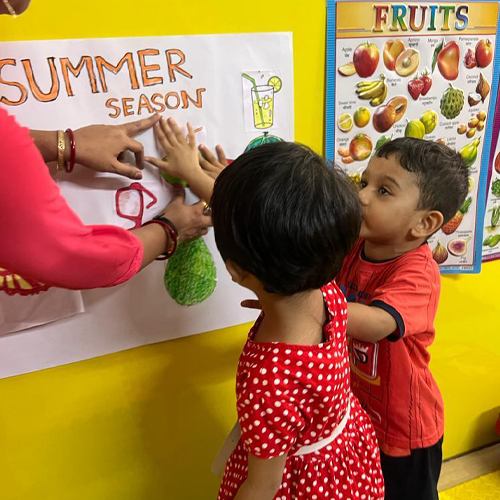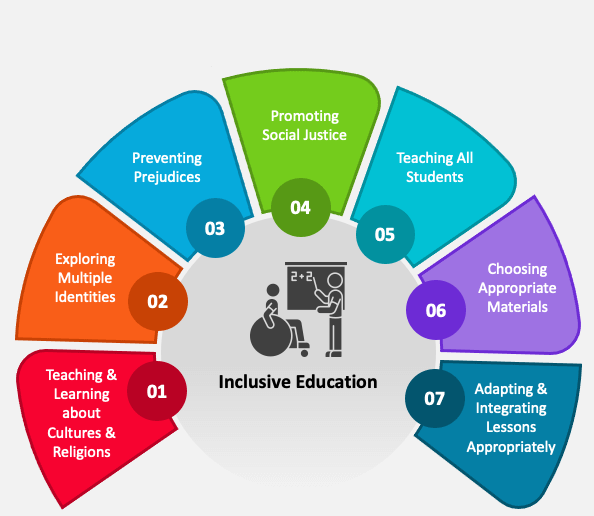Why Montessori ?
practical life
Children learn daily-life skills, such ascare for plants and animals, how to get dressed, prepare snacks,set the table, etc.They also learn social interactions, such as saying please and thank you, being kind and helpful, listening without interrupting, and resolving conflicts peacefully.
Sensorial
Children refine skills in perceiving the world through their different senses, and learn how to describe their experiences. Sensorial learning helps children classify their surroundings and create order.It lays the foundation for learning by developing the ability to classify, sort, and discriminate - skills necessary in math, geometry, and language.
math
‘Through hands-on activities, children learn to identify numerals and match them to their quantity, understand place-value and the base-10 system, and practice addition, subtraction, multiplication and division. They also explore patterns in the numbering system. With an exploratory approach, children do more than just ‘memorize math facts; they gain a firm understanding of the meaning behind them.
Language
Activities throughout the Early Childhood classroom teach language, help children acquire vocabulary, and develop skills needed for writing and reading. The ability to write, a precursor to reading, is taught first. Using hands-on materials, children learn letter sounds, how to combine sounds to make words, how to build sentences, and how 0 use a pencil. Once these skills are acquired, children spontaneously learn fo read.
cultural studies
A wide range of subjects, including history, geography, science, art, and music, are integrated in lessons in the cultural area of the curriculum. Children learn about their own community and the world around them. Discovering similarities and differences among people and places helps them develop an understanding and appreciation of the diversity of our world, and a respect for all lving things.


